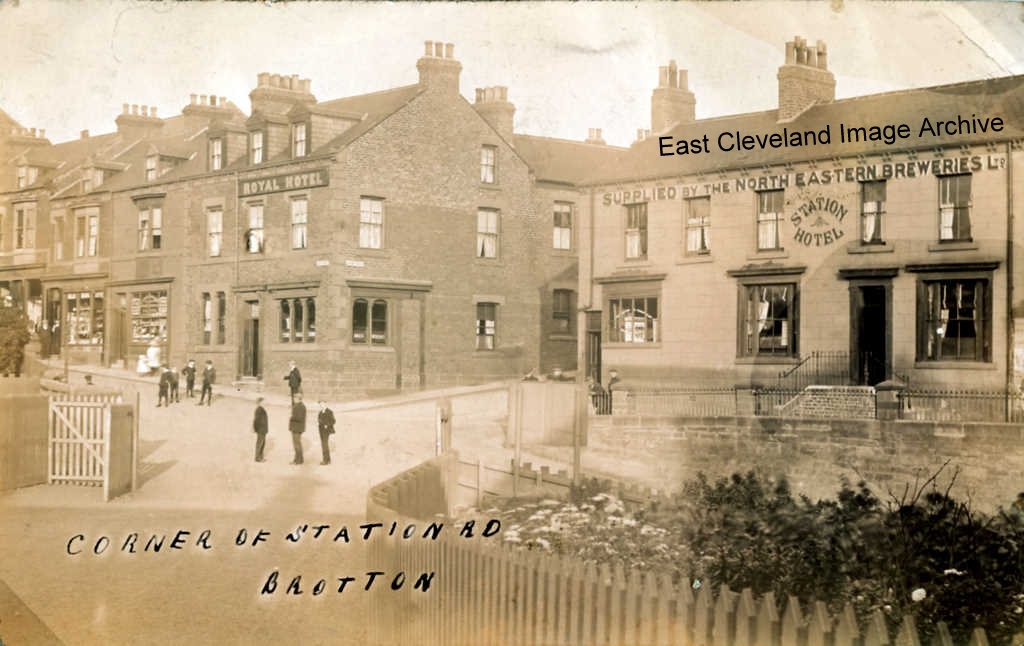
A view from Brotton Railway Station (now more familiar as ‘Tyre City’; looking across to the Station Hotel and Royal Hotel from a postcard postmarked 22nd November, 1907.
Image courtesy of Beryl Morris.
|
|
||
 A view from Brotton Railway Station (now more familiar as ‘Tyre City’; looking across to the Station Hotel and Royal Hotel from a postcard postmarked 22nd November, 1907. Image courtesy of Beryl Morris. 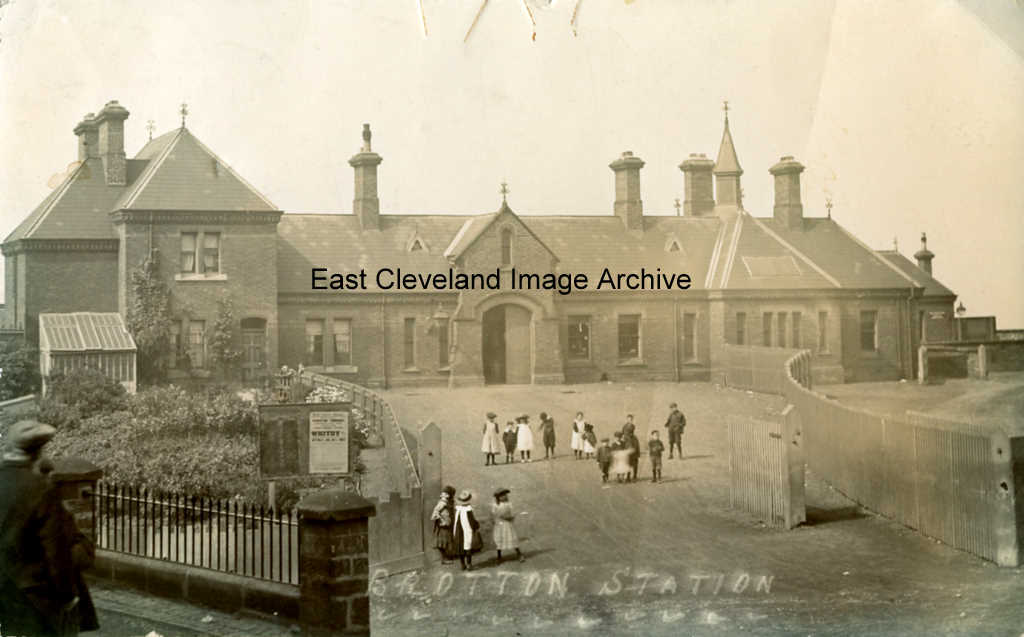 Brotton station over a hundred years ago, the card was posted on 23rd October, 1907. Image courtesy of Beryl Morris. 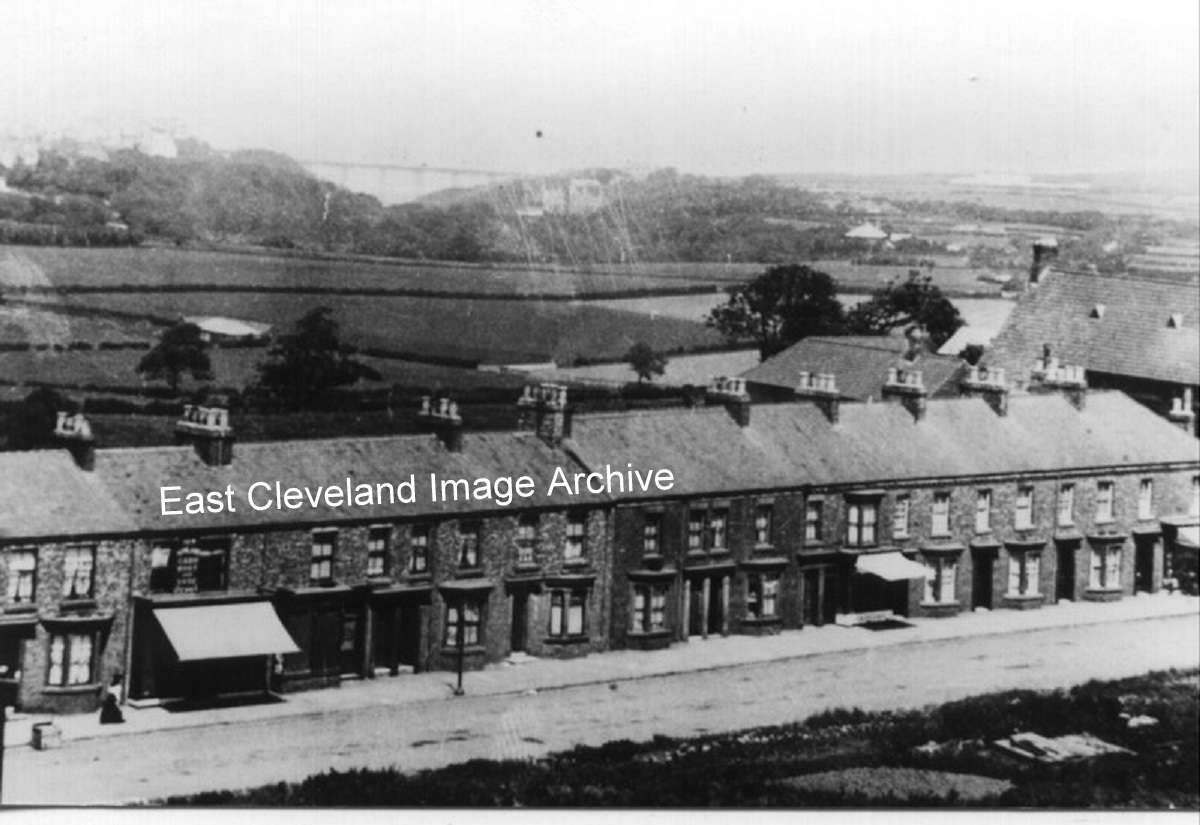 The other side of Skelton High Street, on a lovely sunny day as the shades outside of the shops prove. The Halfpenny Bridge at Saltburn can just be seen in the distance. 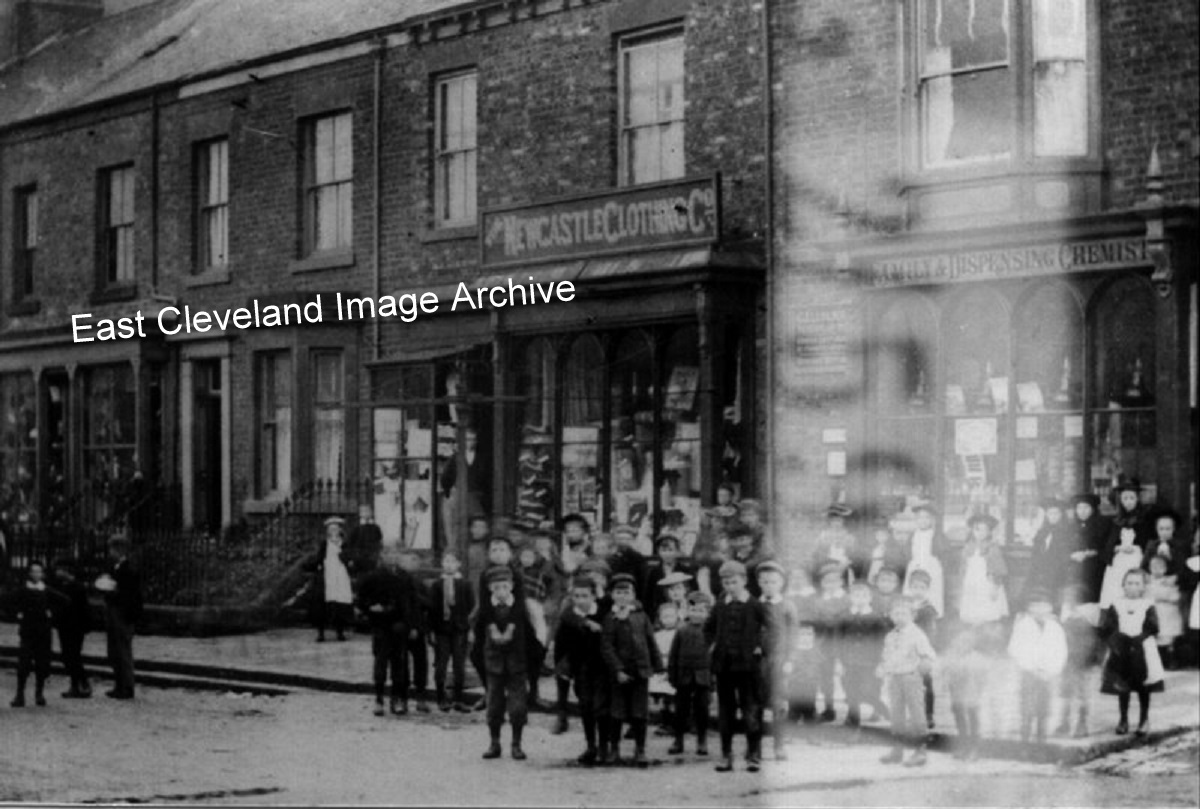 We don’t have many photographs of Skelton, it’s a pity this one has a mark down it, but lots have turned out to see the man with the camera. The position is clearly recognisable, with what used to be Kingston’s Chemists and is now a floral centre. Derick Pearson advises: “I photographed the original photograph, the numbers were from the last negative on the film. But I printed it because I considered, a poor photo is better than no photo.” In the meantime the Archive is now endeavouring to locate a copy of the original image. 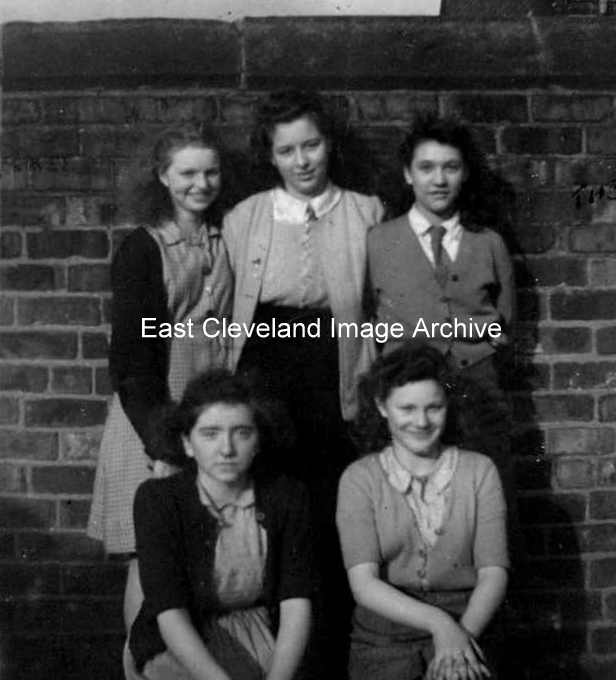 Back Row:- Margaret Purver, Jean McLean (Hellings), Thelma Peel (Easton). Front: June Anderson, Betty Garbutt. The Archive asked: “But are they correctly named/placed? Help please.” Sheila Elsworth (nee Welford) came to the rescue! Image from a collection compiled by Derick Pearson, names update courtesy of Sheila Elsworth (Welford). 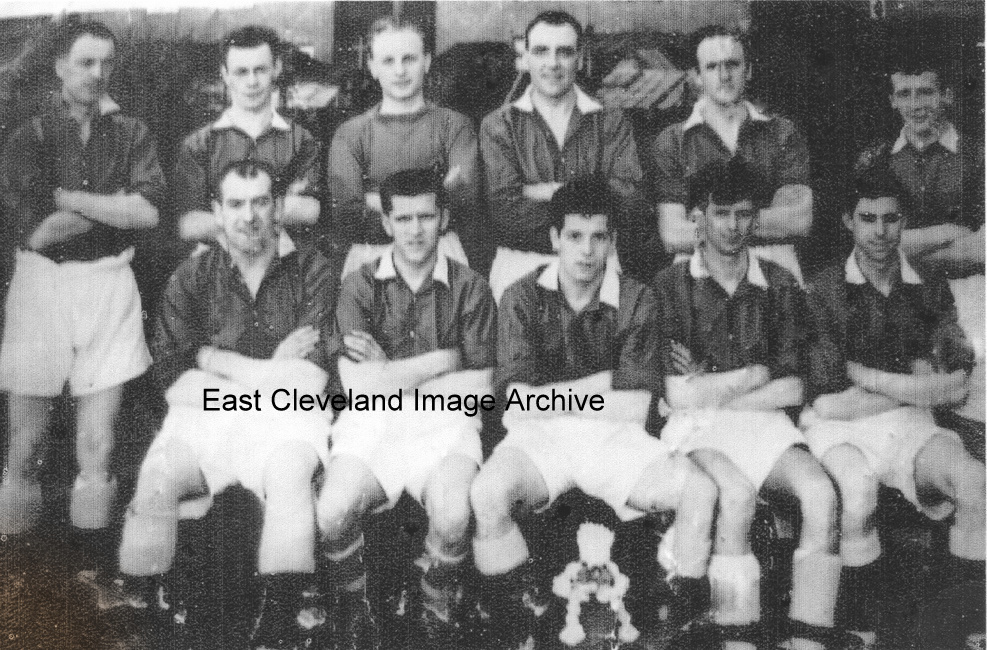 Early 1960’s saw these men in the football team from the United Bus depot at East Loftus. Alan Chilton advised the Archive: “Full names are: Back row: Alan Batterbee, Eric Jeffels, Harry Watson, Jack Dunstan, Colin Cuthbert, George Routledge. Image and courtesy of Alan Chilton, thanks also to Alan Chilton for the names update.
Julie Riddiough has kindly sent us a set of photographs that she took from the top end of Brotton just last month, in the afternoon of 27th August. This is a view over the golf course to the remains of the Huntcliffe mine, Guibal fan house, beside the railway at the top of the cliff. ”The Huntcliff Ironstone Mine, a drift mine, commenced operations in 1872 by which time ventilation techniques had become more sophisticated. Worked on the pillar and bord system, this mine was one of several to be ventilated by a Guibal fan, named after its Belgian inventor. A vertical shaft was driven down to the mining level at the top of which the fan house was erected. A huge 30 foot ( 9 m) diameter fan powered by a static steam engine drew the foul air up the shaft and then up a specially designed chimney to the open air. Once in operation fresh air would be drawn into the mine through the drift entrances and could be controlled and directed by a series of shutters or doors usually operated by young boys.” Image courtesy of Julie Riddiough; additional information courtesy of ”Coast Alive”.
You have to think twice about this image; it is a view over the top of Carlin How Square with the upper slopes of the former Deepdale tip in the background. Image courtesy of Julie Riddiough. 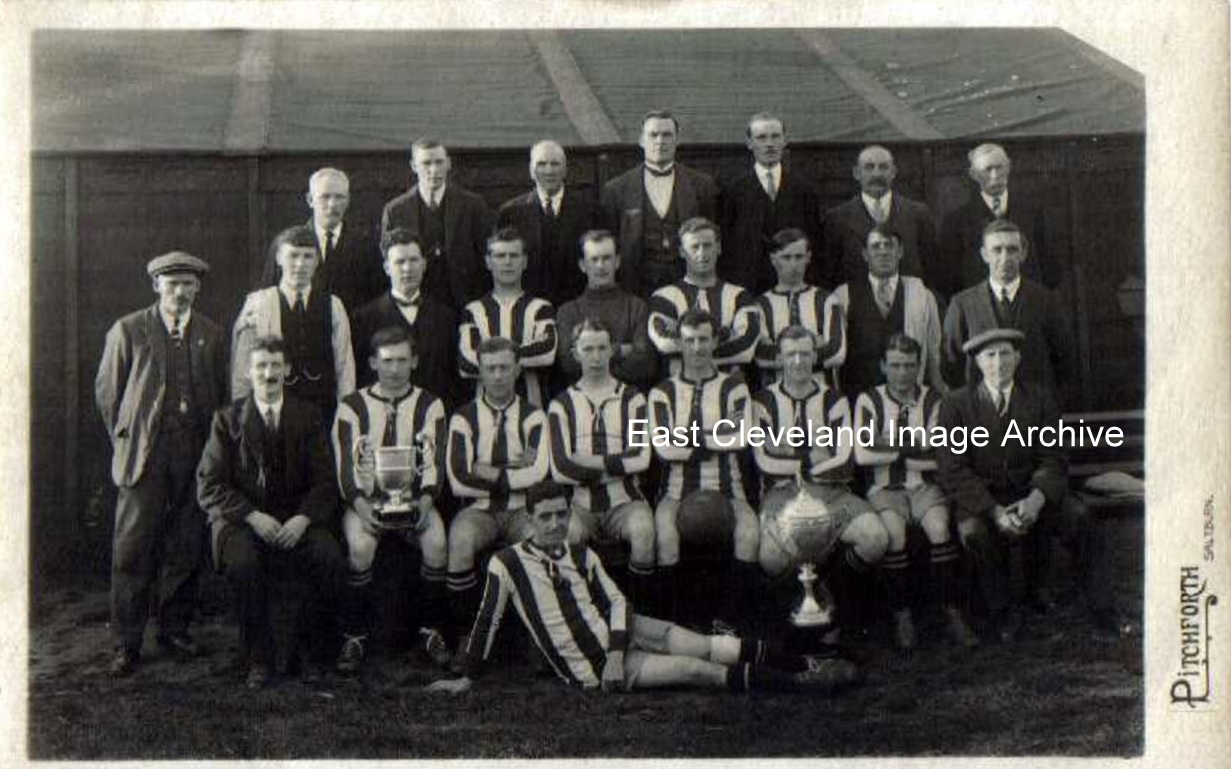 Loftus Albion Football Club with a trophy; can anybody name them and what are the trophies they are displaying? Back row: ??, ??, ??, ??, ??, ??, ??. Middle row: ??, Raymond Gibson (Trainer), ??, W. Hauxwell, ??, ??, T. Rogers, T. Calvert (Trainer), T. W. Ward (Committee). Sitting: ??, ??, ??, T. Pitts, Henry (Harry) Rayson, ??, S. Allen, ??. Front row: N. Wood. Thanks to Peter and Eric Johnson for updates on names. 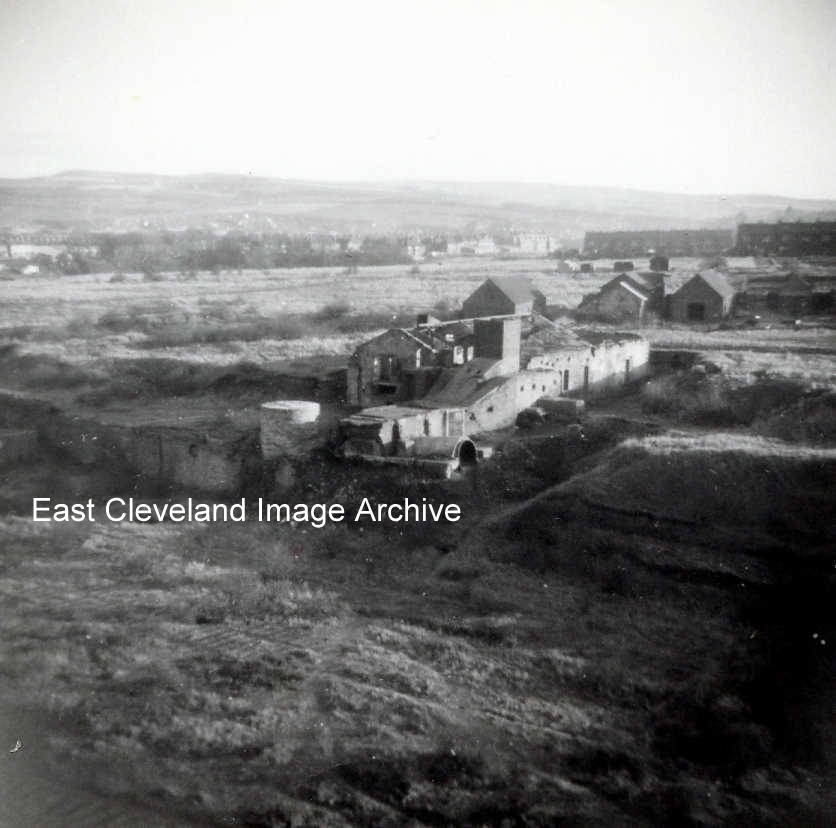 This image of the remains of Liverton Mines Pit has been taken from the shale tips. I can see the lower end of Graham Street and of Downe Street. Loftus is in the background at the other side of the valley. Can anybody assist with when was it taken? Image courtesy of Joe Ward. |
||
Recent Comments